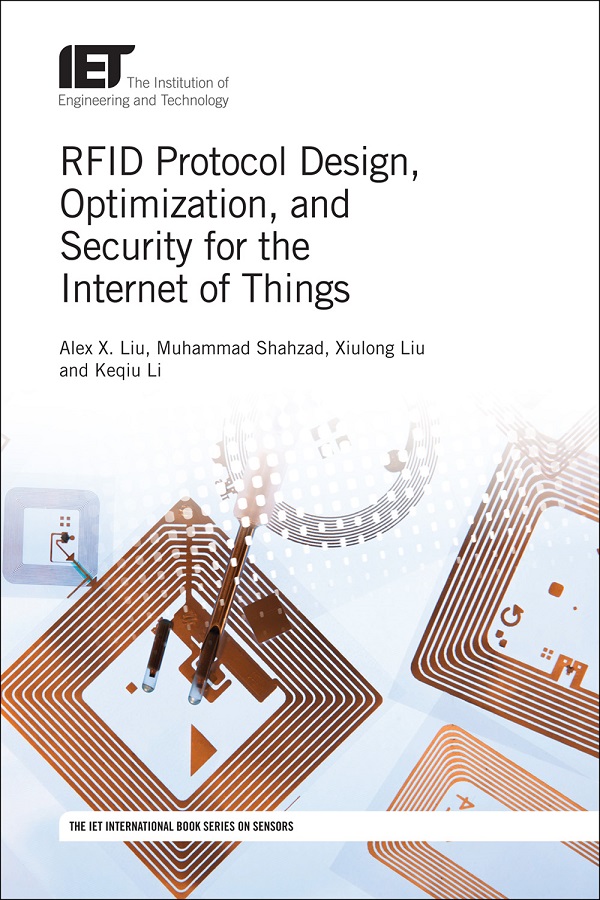- 丛书名 : Control, Robotics and Sensors
- 中图分类号: TP3
- 语种: ENG
- 出版信息: The Institution of Engineering and Technology 2017 274页
- EISBN: 9781785613333
- PISBN-P: 9781785613326
- DOI:https://dx.doi.org/10.1049/PBCE112E
- 原文访问地址:
KG评星
知识图谱评星,是一种基于用户使用的评价体系,综合图书的评论数量、引文数量、Amazon评分以及图谱网络中节点的PageRank值(即考虑相邻节点数量和重要性)等多种因素计算而得出的评价数值。星级越高,推荐值越高。CAT核心级
核心学术资源(CAR)项目作为教图公司推出的一项知识型服务,旨在打造一套科学、有效的图书评价体系,并协助用户制定相应的馆藏建设方案。CAR项目调查和分析12所世界一流大学的藏书数据,以收藏学校的数量确定书目的核心级,核心级越高,代表书目的馆藏价值越高。选取核心级在三级以上,即三校以上共藏的图书作为核心书目(CAT)。Radio-frequency identification (RFID) uses electromagnetic fields to automatically identify and track tags attached to objects. The tags contain electronically stored information. RFIDs have been widely used in countless applications such as object tracking, 3D positioning, indoor localization, supply chain management, automotive, inventory control, anti-theft, anti-counterfeit, and access control. The Internet of Things (IoT) promises a huge growth in RFID technology and usage. This book covers the topic of RFID protocol design, optimization, and security. RFID systems allow for a much easier and error free inventory management and tracking, but the probabilistic nature of RFID protocols makes the design and optimization complex and challenging. Most existing commercial RFID systems are not well designed. In this book, the authors aim to demystify complicated RFID protocols and explain in depth the principles, techniques, and practices in designing and optimizing them.







 京公网安备 11010602104826号
京公网安备 11010602104826号
